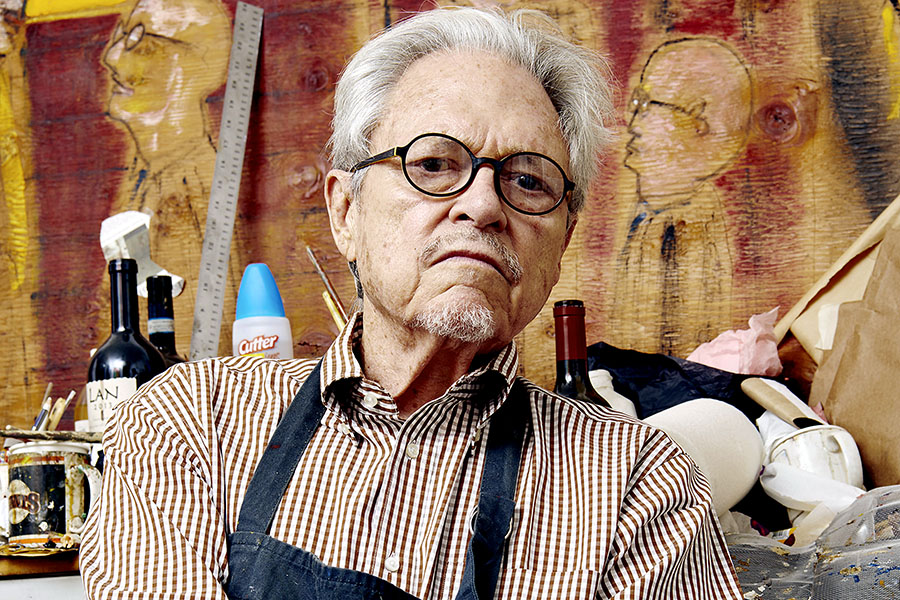
When directing The Beatles is just one part of your long and winding career
In January 1969, Lindsay-Hogg was the brash young film director who tried to charm and cajole John Lennon, Paul McCartney, George Harrison and Ringo Starr through warring agendas as they hashed out new songs and gave their last concert on a London rooftop
 The filmmaker Michael Lindsay-Hogg at his home in Hudson, N.Y., June 10, 2022. Lindsay-Hogg, who attracted some social media scrutiny after his appearance in Peter Jackson’s “Get Back,” finds peace in New York’s Hudson Valley. (Vincent Tullo/The New York Times)
The filmmaker Michael Lindsay-Hogg at his home in Hudson, N.Y., June 10, 2022. Lindsay-Hogg, who attracted some social media scrutiny after his appearance in Peter Jackson’s “Get Back,” finds peace in New York’s Hudson Valley. (Vincent Tullo/The New York Times)
HUDSON, N.Y. — Of course I wanted to talk with Michael Lindsay-Hogg about the Beatles. Everyone wants to talk with him about the Beatles, especially since his star turn in “Get Back,” Peter Jackson’s epic documentary, which debuted last fall on Disney+.
In January 1969, Lindsay-Hogg was the brash young film director who tried to charm and cajole John Lennon, Paul McCartney, George Harrison and Ringo Starr through warring agendas as they hashed out new songs and gave their last concert on a London rooftop. Soon after that, he started shaping his nearly 60 hours of footage into the documentary “Let It Be,” a film largely unavailable since its initial theatrical run in 1970.
Lindsay-Hogg’s footage, as well as more than 100 hours of audio that he recorded with his crew, some of it with hidden microphones, got new life when Jackson cleaned it up and reassembled it for his nearly eight-hour series. McCartney and Starr, along with most critics, hailed “Get Back” as an upbeat corrective to Lindsay-Hogg’s more somber take.
So would he like to talk about his time with the Beatles?
“That was a small part of a long career,” he said in the sitting room of his three-bedroom Civil War-era house in Hudson, New York.
©2019 New York Times News Service







